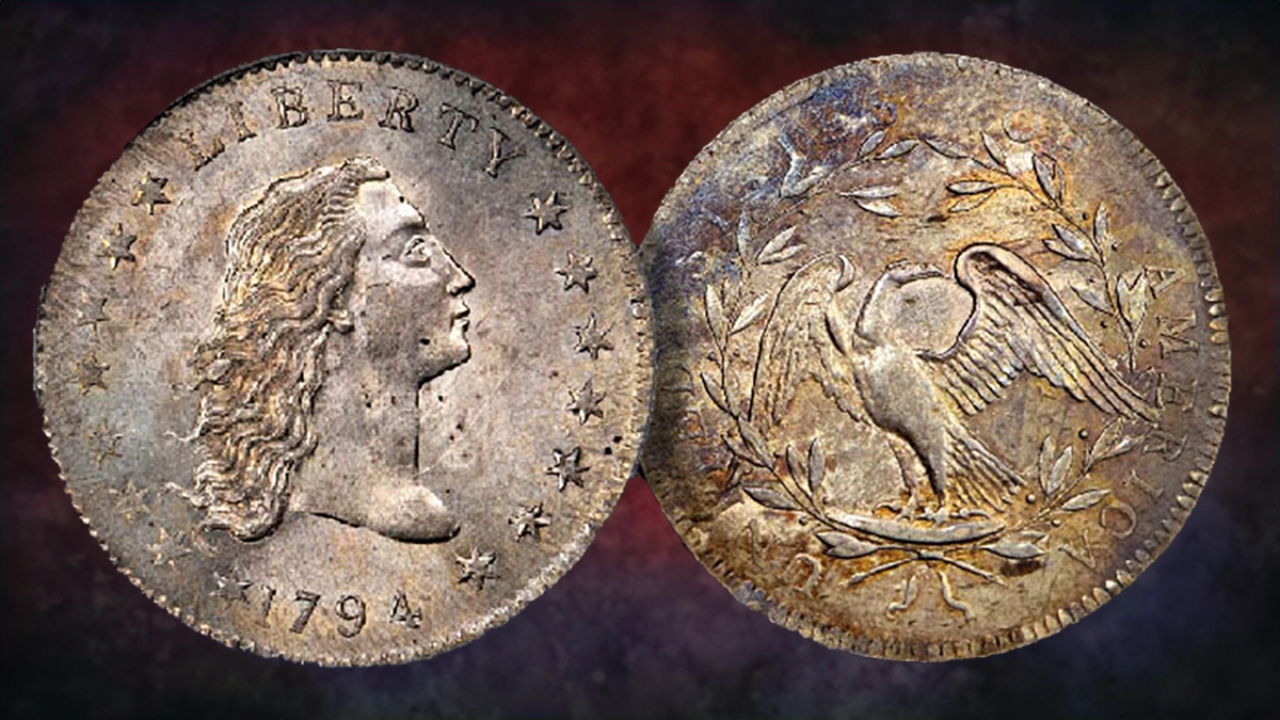The century-old gold coin collection belonging to the Philadelphia family worth $2 million
The century-old gold coin collection of a Philadelphia family recently had an appraisal valued $2 million, far higher than their initial estimate of $50,000. Often referred to as the “Henry Chapman Collection of $1 Gold,” the collection emphasizes the long-term worth resulting from appropriate preservation of historical legacy.
Henry Chapman’s one-gold collection
Eight U.S. commemorative gold dollar coins from the early 1900s plus 51 Liberty Head and Indian Head gold dollar coins from 1849 to 1889 make up the collection. Renowned numismatist of Philadelphia Henry Chapman meticulously gathered these coins in 1899.
The family stored it in a safe bank vault for the past one hundred years. Rediscovered recently, its actual worth stunned the family and coin specialists when evaluated.
Evaluation process and comments of experts

The family first projected its worth to be roughly $50,000. The specialists were shocked to see the uncommon and high quality of the coin when it was brought to the Certified Acceptance Corp. for an evaluation, though.
Founders of the company, John Albanese remarked, “I was about to fall out of my chair when these coins came to us.” Analogously, Luis Martínez of Matador Rare Coins claimed that the family was shocked to discover the actual worth of the collection.
Designs of coins and historical relevance
American history and culture are symbolized in this collection. First struck during the California Gold Rush in 1849, $1 gold coins were Important designs including:
- Designed (1849–1856), Liberty Head (Coronet) Design shows Lady Liberty wearing a coronet bearing “LIBERTY”. Among the first American gold coins were these ones.
- Designed between 1854 and 1889, Indian Head (Indian Princess) Design shows a Native American princess with a feathered headpiece, therefore representing American cultural legacy and westward migration.

Along with commemorative gold dollar coins from the early 20th century, such as the McKinley Coin, which honors national successes and historical events,
Significance of security and authentication
| Coin Type |
Minting Years |
Notable Features |
| Liberty Head Gold $1 |
1849–1856 |
Lady Liberty with coronet; early U.S. gold coinage |
| Indian Head Gold $1 |
1854–1889 |
Native American princess design; cultural heritage |
| Commemorative Gold $1 |
The early 1900s |
Includes McKinley coin; celebrates historic events |
Certification and Preservation of the Collection
The genuine value of this collection is much raised by its preservation. Originally taken from Henry Chapman‘s shop, these coins were kept safe in a bank vault and shielded from physical and environmental deterioration by means of their original envelopes.
Many of these pieces got the “Finest Known” grade for gold coins when the Professional Coin Grading Service (PCGS) certified them. PCGS President Stephanie Sabin commented, “This historic collection is not only of outstanding quality but also a rare treasure based on proven history.”

1794 Hair-Flowing Dollar
Gathering communal response and influence
The find set a benchmark for coin evaluation and generated fresh interest in antique collections. This collection is evidence that family heirlooms may show incredible worth with proper maintenance.
People are motivated by the Henry Chapman Collection to assess their family treasures and protect them for the next generations.
Conclusion:
The Henry Chapman Collection of $1 Gold coins is amazing evidence of the ongoing worth of historical objects when properly maintained. This amazing assessment, well above first expectations, emphasizes the need to preserve family heirlooms and realize their possible value. This narrative stresses the need to preserve history for both collectors and families since even apparently everyday objects may have great significance. This story reminds us all of the richness history may offer—both culturally and financially—regardless of your level of experience as a numismatist or someone uncovering a hidden treasure.
FAQs:
How were these coins preserved in such pristine condition?
The coins remained in their original envelopes from Chapman’s shop and were stored in a bank vault, shielding them from environmental and physical damage, which preserved their quality.
What should individuals do if they possess vintage
coin collections?
Owners of old coin collections should seek an appraisal from professional numismatists or accredited grading services to determine their value. Proper storage and documentation are essential to maintain the collection’s condition and historical significance.